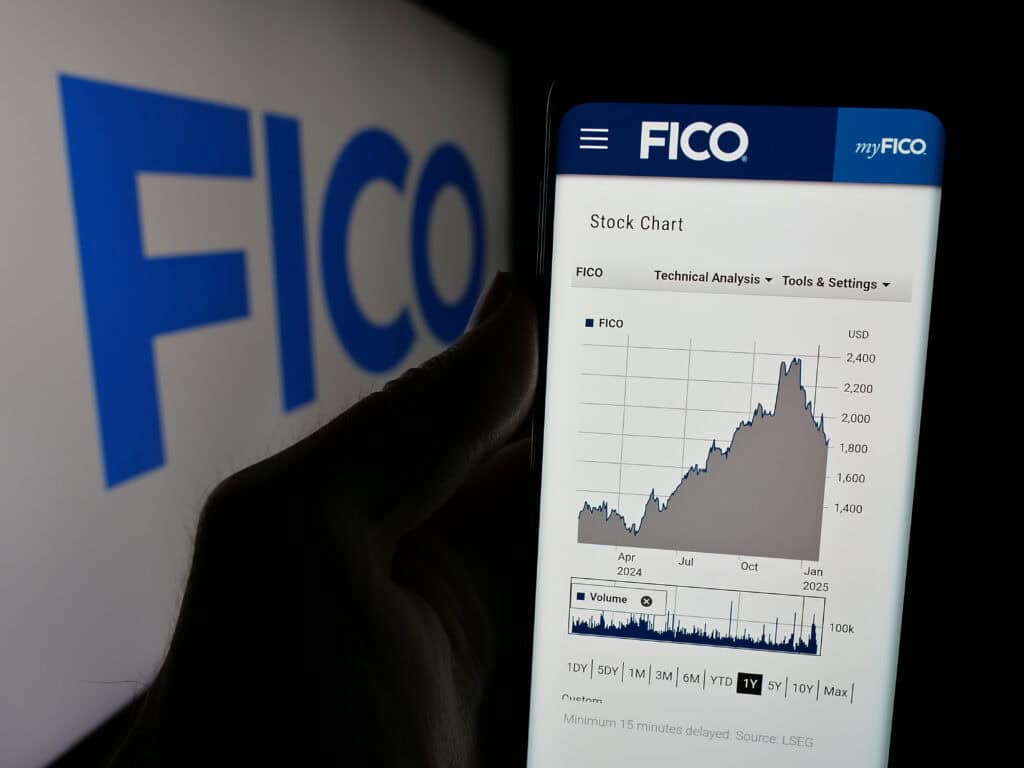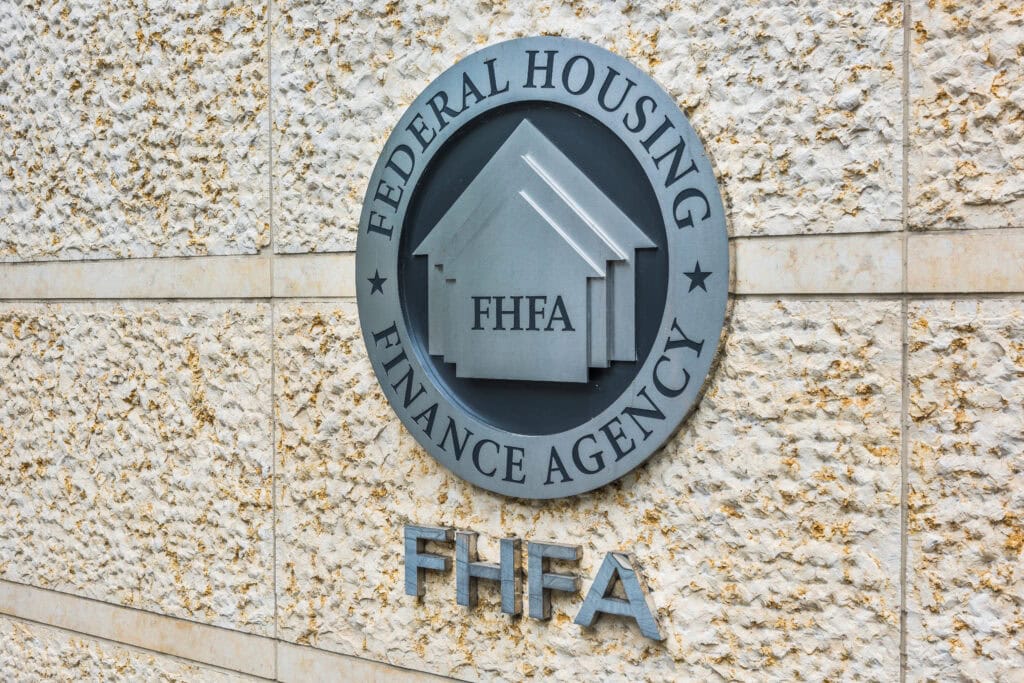The Trump administration announced plans to impose a 25% tariff on steel and aluminum imports, a move set to take effect on Monday. This decision has sparked concerns across various industries, particularly within the homebuilding sector. Homebuilders already face high material costs, and this tariff threatens to increase expenses even further, potentially driving up home prices for prospective buyers.
Impact on Homebuilders and Housing Costs
The tariff primarily targets steel and aluminum imports, which are crucial materials in residential construction. The United States sources much of its steel from Canada, followed by Brazil and Mexico. With these tariffs in place, the cost of essential materials like sawmill products, hardware, and other construction components could surge. Since the U.S. heavily depends on imports for these supplies, the housing industry is especially vulnerable to such market disruptions.
Additionally, the administration temporarily exempted Mexico and Canada from these tariffs until March 1 while renegotiating trade agreements. However, this exemption is uncertain, and if lifted, homebuilders could face even steeper costs. The National Association of Home Builders (NAHB) has expressed concerns about the potential impact, noting that increased prices for steel and aluminum would ultimately trickle down to consumers.
Regulatory Environment and Labor Market Challenges
The Trump administration has also pledged to reduce regulatory burdens on homebuilders to support housing affordability. On the first day back in office, President Trump signed an executive order to review existing housing regulations, aiming to ease construction costs. However, many regulations are governed at the local level, limiting the federal government’s influence in this area.
According to the NAHB, regulations account for approximately 25% of the cost of building a home. While the organization supports necessary safety and environmental standards, it argues that some recent regulations are excessive and counterproductive. Alongside tariffs, another challenge is the potential labor market impact. Stricter immigration policies have raised concerns about labor shortages in the construction industry, as many workers in this sector are immigrants. A reduced workforce could delay projects, increase wages, and further inflate home prices.
Potential Impact on Homebuyers
Higher material costs directly translate to increased home prices, affecting both builders and potential buyers. New construction could slow as profit margins shrink, leading to decreased housing inventory. In a market already grappling with affordability issues, this shift could place homeownership out of reach for many Americans.
The NAHB has actively lobbied the administration for exemptions for building materials, emphasizing the critical role affordable construction plays in the overall economy. However, since these tariffs are part of a broader trade strategy aimed at protecting domestic industries, securing exemptions may prove challenging.
Long-Term Implications
While the tariffs are designed to bolster American steel and aluminum production, their ripple effects across industries like housing could be significant. Homebuilders must navigate this evolving landscape by exploring alternative suppliers, adopting cost-saving techniques, and staying informed about regulatory changes.











